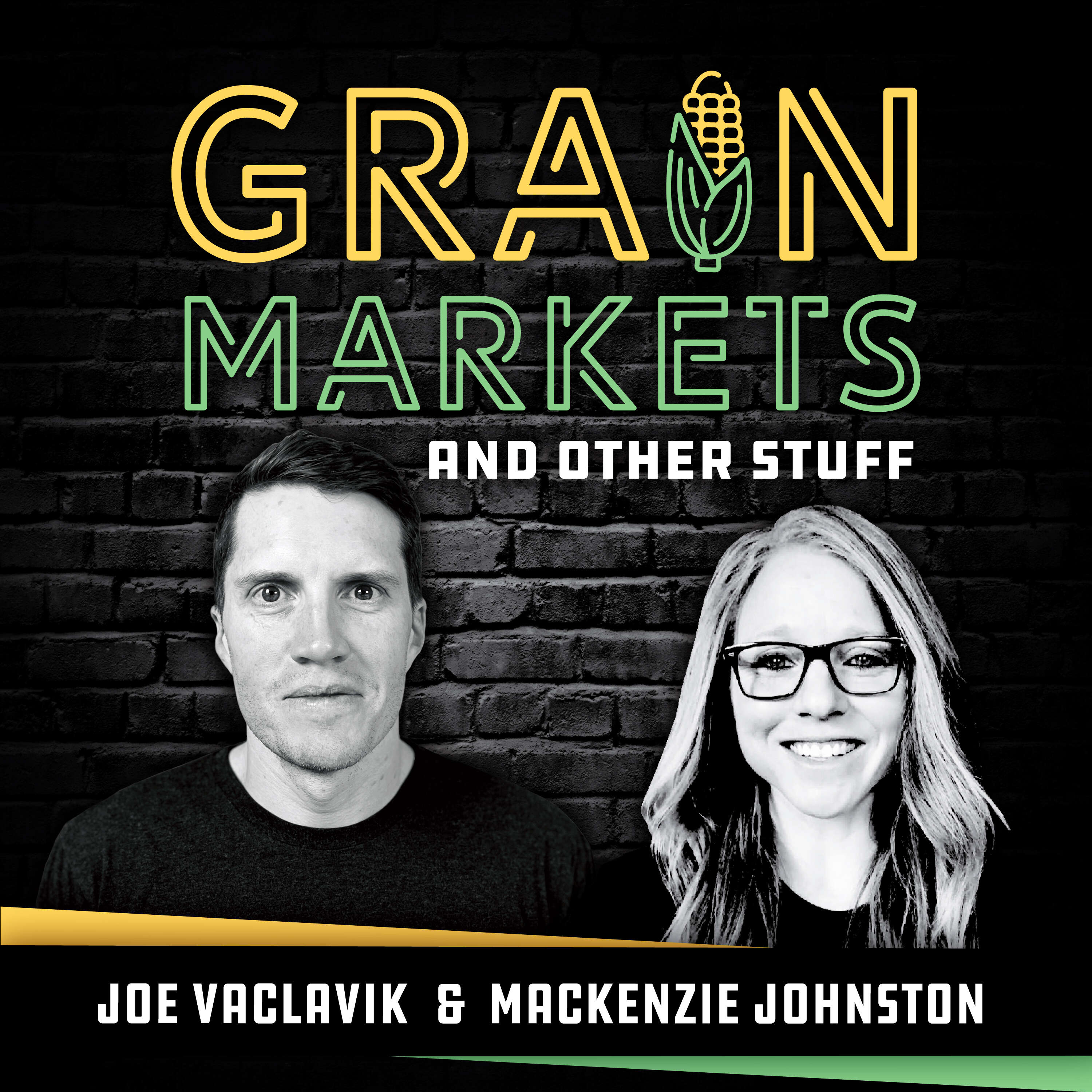Joe's Premium Subscription: www.standardgrain.com
Grain Markets and Other Stuff Links-
Apple Podcasts
Spotify
Google
TikTok
YouTube
Futures and options trading involves risk of loss and is not suitable for everyone.
0:00 Row Crop Rally
3:13 CONAB Cuts Estimates
6:52 Brazilian Farmers are Undersold
8:08 Panama Canal Update
9:22 Inflation Progress Stalls
Soybean futures saw a significant rally, marking their best close in a month, fueled by lower-than-expected Brazilian production estimates from CONAB and short-covering activities. The May24 contract gained nearly 17 cents, closing at $11.96 per bushel. Conversely, the May24 corn contract closed unchanged, matching its best close since mid-February.
Brazil's crop production estimates were revised downward by CONAB, citing unfavorable weather conditions. Soybean production forecasts were lowered by almost 2% to 146.9 million metric tons (mmt), while total corn production estimates decreased by nearly 1% to 112.8 mmt. The reduction in corn production was attributed to decreased planting acreage.
Despite Brazilian soybean sales reaching 36.6% of estimated production, lagging behind the historical average, farmers are holding onto crops in anticipation of price rebounds. Safras and Mercado projected this season's soybean crop to reach 149.1 mmt.
In other news, the Panama Canal Authority announced a 12% increase in daily transits later this month, aiming to alleviate restrictions implemented due to low water levels caused by reduced rainfall. However, transit through larger Neopanamax locks will remain restricted.
Meanwhile, February's inflation rose faster than expected, with a 0.4% increase for the month and a 3.2% rise compared to last year. Energy costs contributed significantly to the uptick, with food costs remaining flat, shelter costs rising, and gasoline prices surging.
Stay tuned for evolving market trends, as global production estimates and inflationary pressures continue to influence agricultural and economic landscapes. 🌾📉📊



